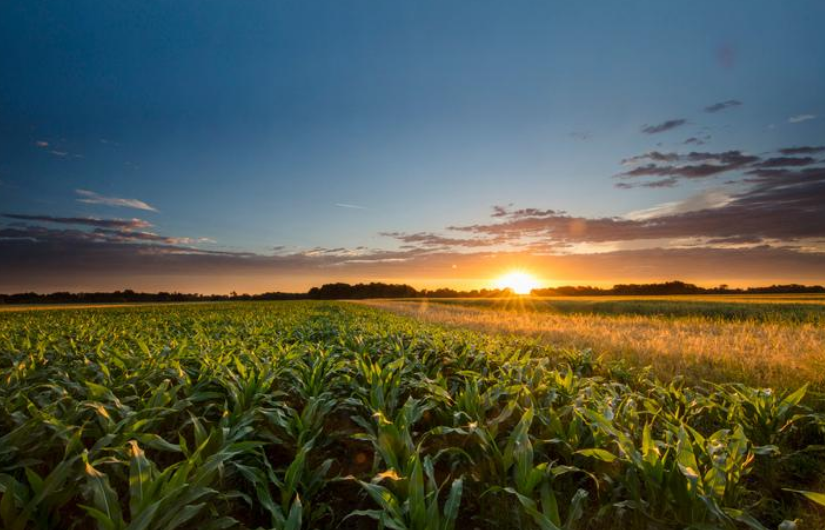A successful farmer is always growing, in every sense of the word. You’re growing a commodity. Your skillset is growing every day. And not least, your goal each year is to show the growth of profits.
Because of the weather and market prices, a profitable year is somewhat beyond your control. But by staying on top of these four profit indicators, you’ll have a guide to better decision-making so you can move the needle in the right direction.
Operating profit margin
This formula is key when it comes to measuring the efficiency of a farmer’s operation. It’s a simple calculation that takes gross earnings and divides it by sales to see your total profits.
Before you tackle the long division part of the formula, solve for the numerator, which is your total revenues. Here, you’ll take your gross revenues and subtract your expenses: inputs, operating expenses, depreciation and family living costs.
For the denominator, figure the value of farm production (VFP). Take the total revenue from the production and subtract your pass-through expenses.
As a guide, high-profit farms tend to be in the 30% range, while lower profit operations will be at 10% or below. That brings up an important caveat.
Mind the depreciation. When factoring in your total revenues, depreciation can give you a misleading picture of your profitability. You don’t want to ignore depreciation, because it helps you spread out the costs of big-ticket purchases, plus it’s great for your tax bill. But in this context, it can make your profits appear nothing short of disastrous. Talk to your accountant to help you find the right way to calculate depreciation. But you do have another option to track your path to profits, which is detailed below.
Asset turnover ratio
This metric can be useful in helping you understand just how efficiently you’re using farm assets to earn revenue. It measures the value of sales against the value of the assets. The higher the ratio, the more efficient your operation is. If you own land, this can be a useful substitute in place of calculating your operating expense ratios. In the latter formula, depreciation and interest can distort your profits. Highly profitable farms usually fall within the 30-50% range, while lower profit operations are 10-20%.
Break-even economic volume
This is the most important calculation you can make before, during and after production. This calculation tells you how much of your product you need to produce and sell to cover your costs. It’s a good idea to work out different scenarios with your accountant, so you can figure out where it makes financial sense to raise outputs or even pull back. Having this figure in your back pocket will also help you make better marketing decisions.
Gut check: Can you invest back into your farm?
Like any entrepreneur, a farmer is focused on growing the business by investing profits. Think of the projects and goals that top the list, whether it's acquiring a nearby land parcel in the next decade, replacing facilities and equipment, or simply setting aside more into your 401(k). If your operating profit margin is in great shape, congratulations. You now have an opportunity to invest back into your operation. But the key thing here is your confidence in moving forward with capital investment, because it’s important to remember that this can change your financial position. Can you move forward without straining your operating budget?
For more ideas and insights, read How do you invest profits back into your farm?
At Minnwest Bank, our ag lenders are members of your community, and we're committed to helping your farm thrive. Schedule an appointment today.


